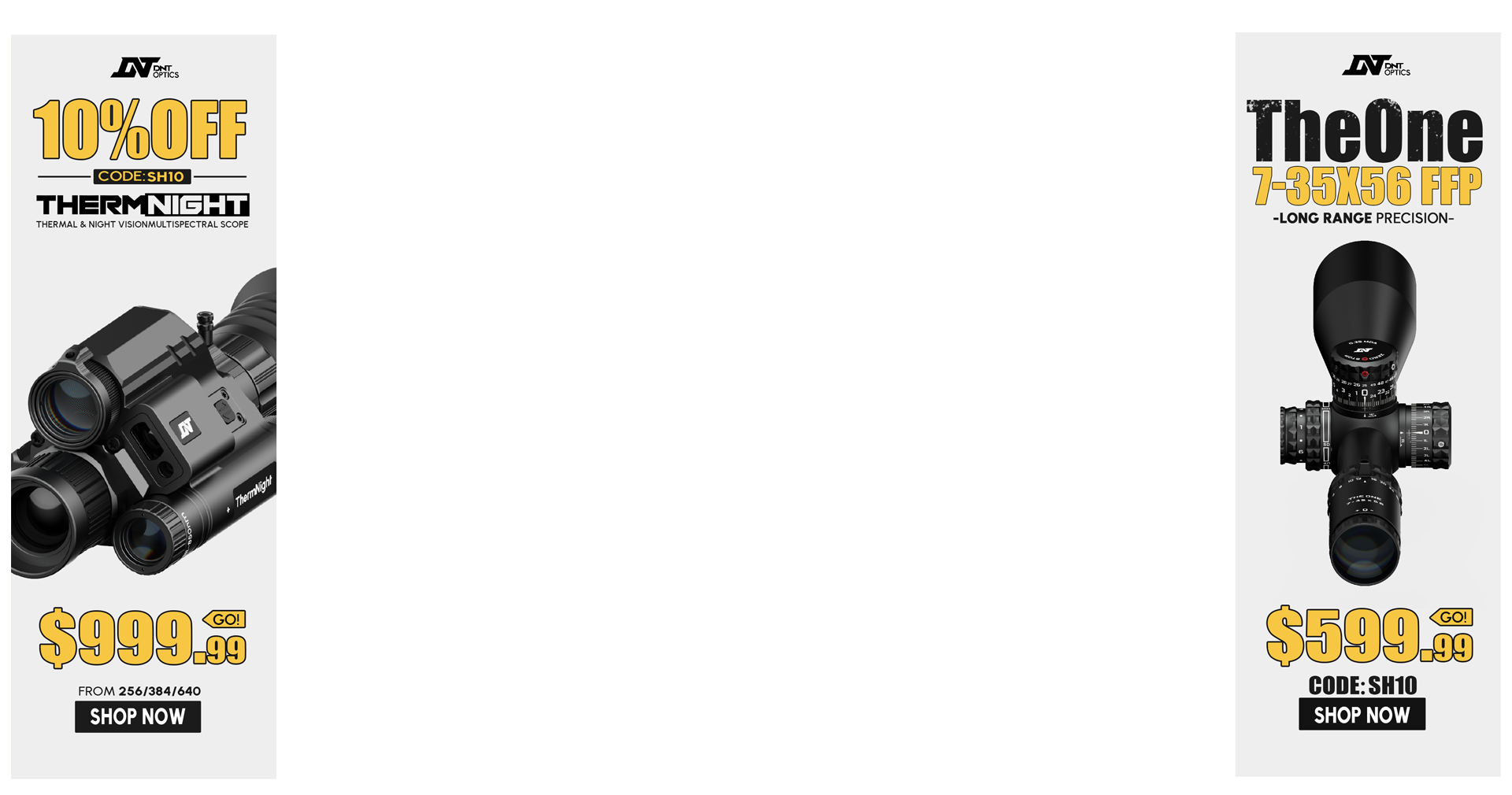Re: M9 Performance
I know I am going to get fried. but... I love my M9. Being that I am either shooting or teaching how to shoot one every day I have seen the good the bad and the ugly. Every gun fails with time, especially when it is a training gun. With proper inspection you can accurately predict when the most failure susceptible part is going to go. And with the M9 it takes less than 2 min to strip and check the locking block and the slide. We rarely have failures on the line with the M9. The most failures that we have as with the M4 and the M16 A2(not counting MGs) As far as getting a replacement. It has to be in 9mm due to NATO. Matter of fact that is why it is so hard to change any caliber if it is going to be used for the main combat force. Also I don’t think you can find a better gun as far as safety goes. I also think it is great for first time shooters. The biggest problem that I see is females with small hands having trouble with it but that’s it. Lube it, Inspect it, take care of it and it is a great pistol. Are there better? Yes. But this is what we got.
Also you don’t have to pound these guns at all when the locking block goes. 90% of the time I can get the apart w/out tools. Just gently move the slide back and fourth with the dis-assembly lever down and it will eventually move to a point and release the slide. When you pound it, it will cause the broken locking block wings to gouge into the aluminum receiver. If you need to take a smaller punch and move and hold the broken pieces in place to get it released. If it happens in combat, and there is still one un-cracked wing there the weapon will still function for at least a few shots.
The M9 is identical to the 92F Beretta. Some differences you might see are the lanyard loop, some markings and other differences in styles or more updated frames.
Hollow Point projectiles are illegal according to the Hague Conventions of 1899. And it is not just hollow point projectiles. It is any projectile that is designed to cause fragmentation, mushrooming or any extra tissue damage to prevent extra suffering. Yes I know that a ball round can cause suffering too but I did not write the laws. See below form wiki
The Hague Convention of 1899, Declaration III, prohibits the use in warfare of bullets that easily expand or flatten in the body.[3] This is often incorrectly believed to be prohibited in the Geneva Conventions, but it significantly predates those conventions, and is in fact a continuance of the St. Petersburg Declaration of 1868, which banned exploding projectiles of less than 400 grams, as well as weapons designed to aggravate injured soldiers or make their death inevitable. NATO members do not use small arms ammunition that is prohibited by the Hague Convention.







